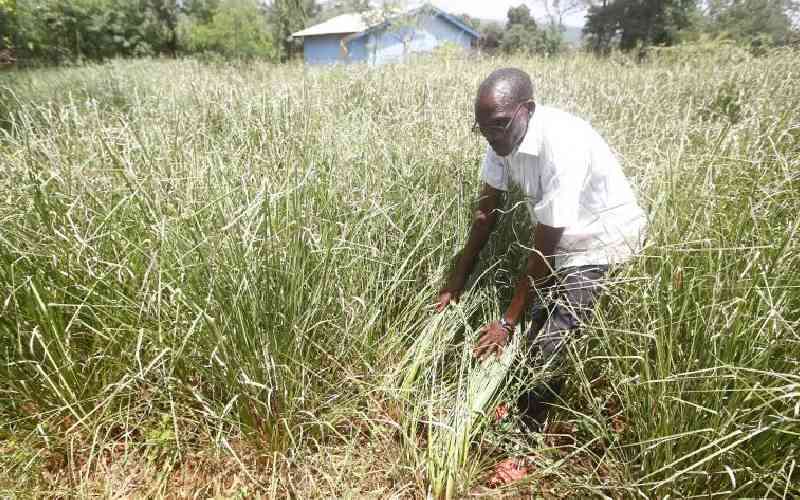×
The Standard e-Paper
Kenya's Bold Newspaper

Kenya has committed to developing its feed and fodder sector in a bid to promote economic growth and create job opportunities.
Through the African Union-InterAfrican for Animal Resources (AU-IBAR) Resilient African Feed and Fodder Systems and other interventions, the Kenyan government said it has set a strategy to overcome the challenges.